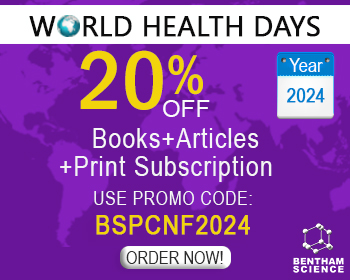Abstract
Cell adhesion plays a pivotal role in diverse biological processes that occur in the dynamic setting of the vasculature, including inflammation and cancer metastasis. Although complex, the naturally occurring processes that have evolved to allow for cell adhesion in the vasculature can be exploited to direct drug carriers to targeted cells and tissues. Fluid (blood) flow influences cell adhesion at the mesoscale by affecting the mechanical response of cell membrane, the intercellular contact area and collisional frequency, and at the nanoscale level by modulating the kinetics and mechanics of receptor-ligand interactions. Consequently, elucidating the molecular and biophysical nature of cell adhesion requires a multidisciplinary approach involving the synthesis of fundamentals from hydrodynamic flow, molecular kinetics and cell mechanics with biochemistry/molecular cell biology. To date, significant advances have been made in the identification and characterization of the critical cell adhesion molecules involved in inflammatory disorders, and, to a lesser degree, in cancer metastasis. Experimental work at the nanoscale level to determine the lifetime, interaction distance and strain responses of adhesion receptor-ligand bonds has been spurred by the advent of atomic force microscopy and biomolecular force probes, although our current knowledge in this area is far from complete. Micropipette aspiration assays along with theoretical frameworks have provided vital information on cell mechanics. Progress in each of the aforementioned research areas is key to the development of mathematical models of cell adhesion that incorporate the appropriate biological, kinetic and mechanical parameters that would lead to reliable qualitative and quantitative predictions. These multiscale mathematical models can be employed to predict optimal drug carrier-cell binding through isolated parameter studies and engineering optimization schemes, which will be essential for developing effective drug carriers for delivery of therapeutic agents to afflicted sites of the host.
Keywords: p-selectin, polymorphonuclear leukocytes, intercellular adhesion molecule-, cdb expression, shear threshold phenomenon

























